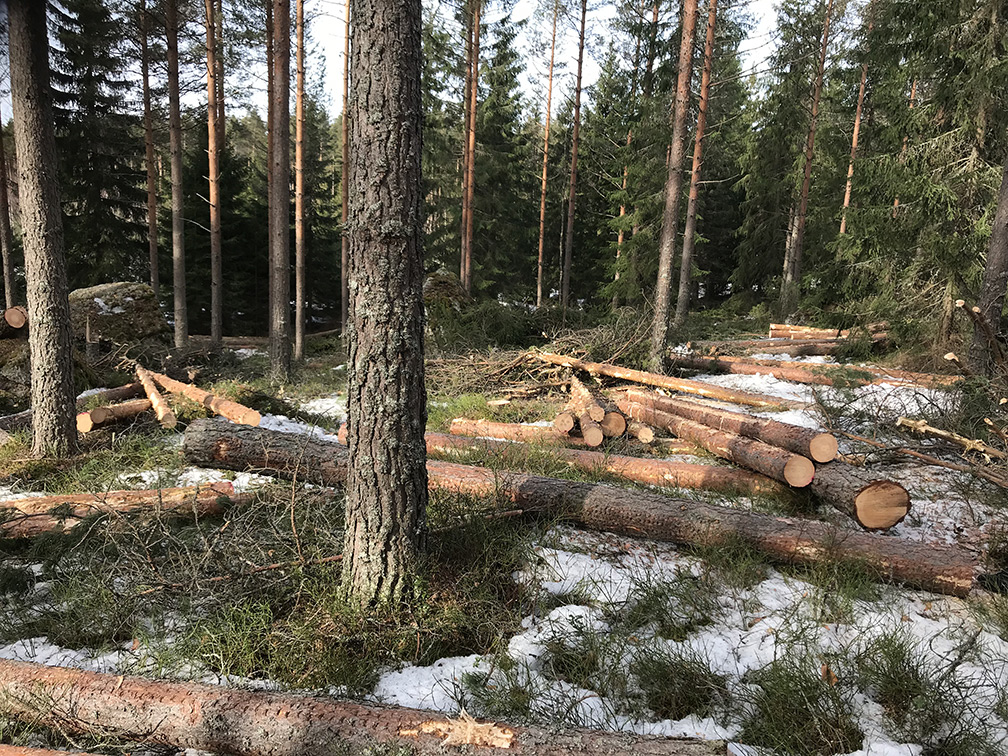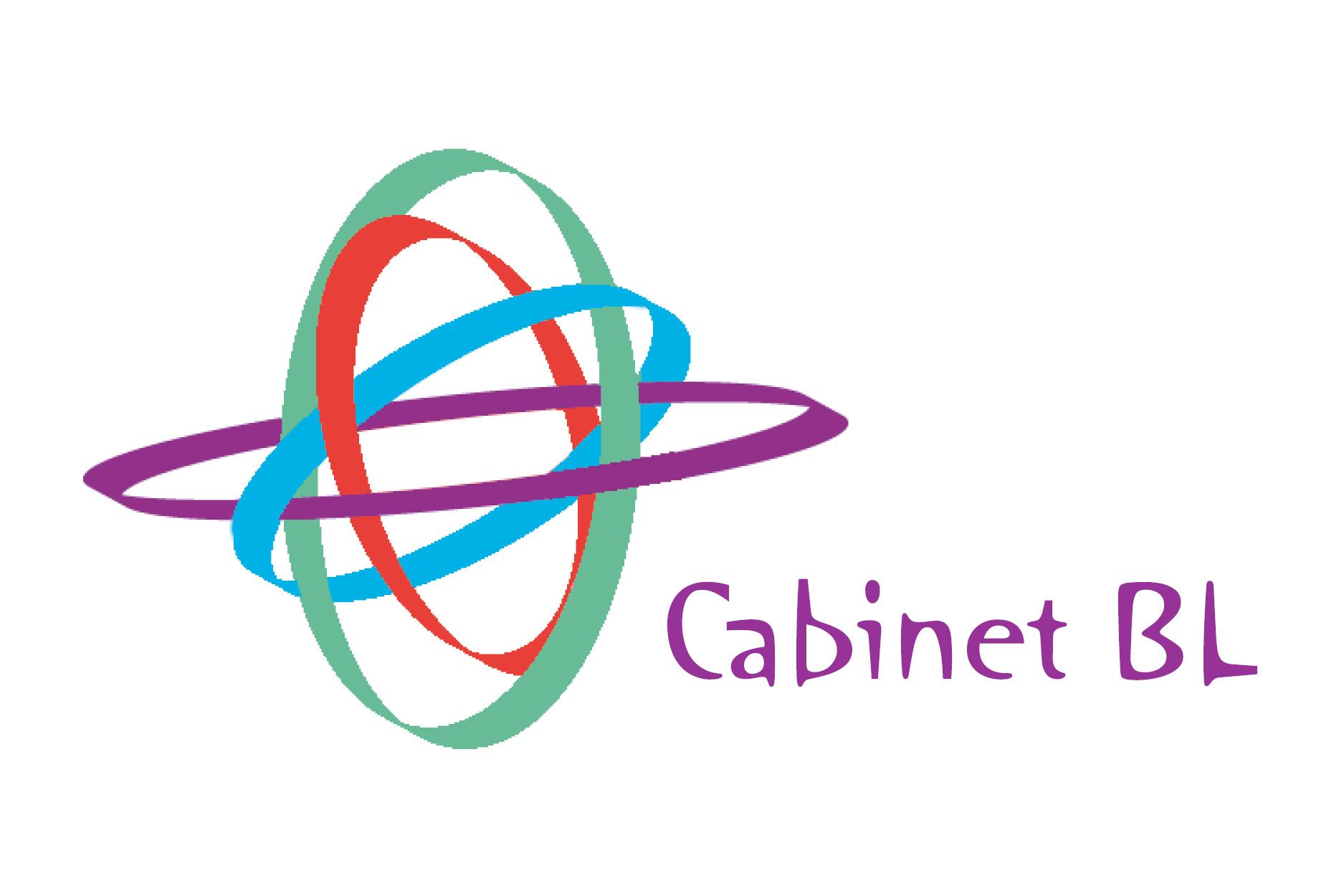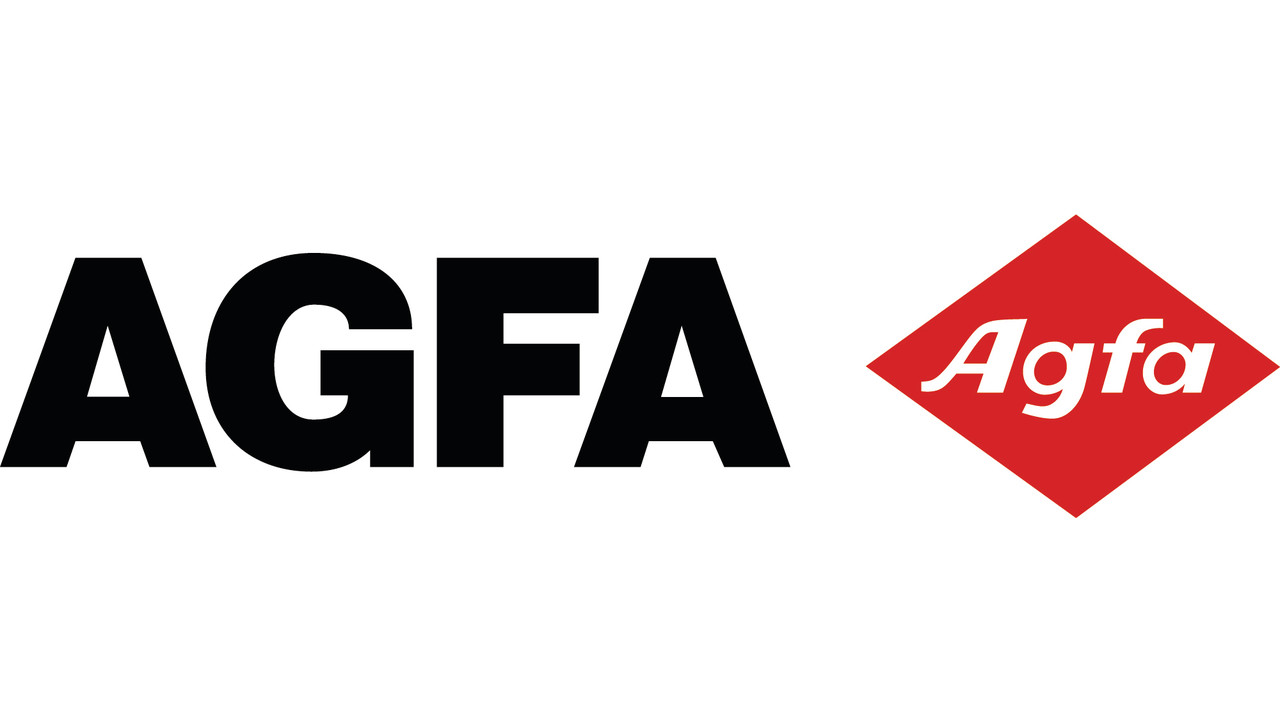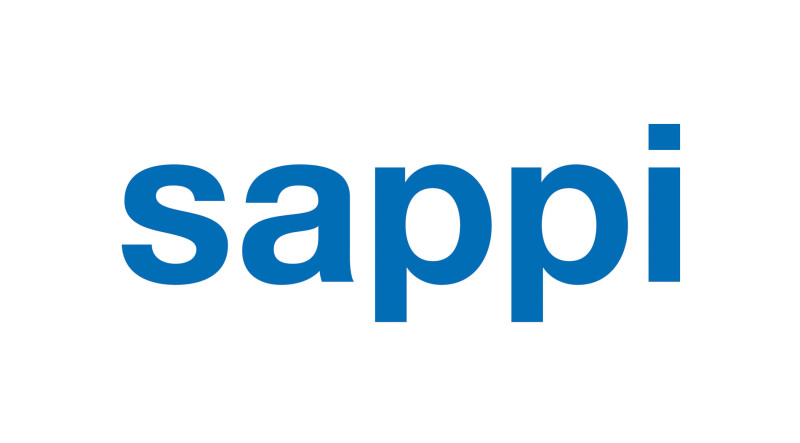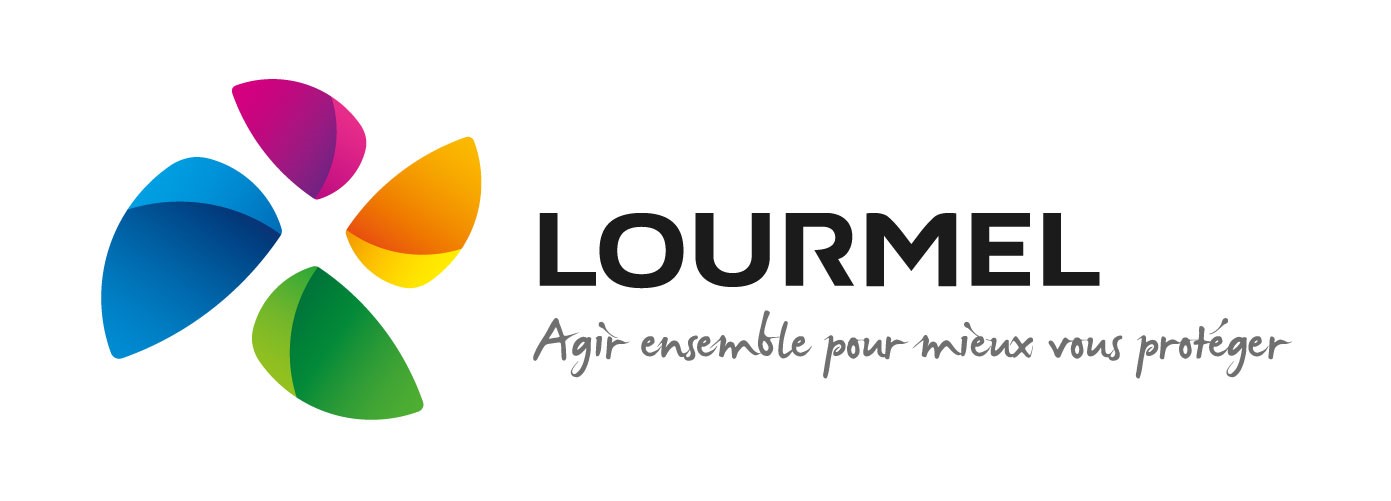5 innovative news formats to try out in 2021 – and tools to implement them
More and more people get their news from places like social media or comedy shows. As a result, journalists have to get creative to audiences interested and engaged. Media have been experimenting with innovative options for a while now producing explainers, guides, listicles, cartoons, animated investigations etc. But what else can we do?
The Fix picked 5 new media formats to try out in 2021.
1. Gamification
Media have long used online games to drive traffic to their websites (and subscriptions to their membership programs. Examples range from the simple crosswords and sudokus (like at The Guardian), to huge online games sections (The Washington Post), which features everything from classic word games to Russian-doll-tile alignment games like “Trizzle”.
But games, or more specifically gamification, can also be used to tell stories. This refers to applying game-design elements and game mechanics into a non-game context, such as online learning or story-telling. Gamification aims to increase engagement and keep your audience longer on a particular platform.
Interactive games usually combine both entertaining and educational elements. After first appearing on the news scene a few years ago, journalists and media developers increasingly use them to promote media literacy and fight disinformation.
In 2018, DROG media platform in partnership with Cambridge University researchers released the online game “Bad News”. The game is aimed at increasing psychological resistance to misinformation by explaining how the fake news industry works.
Another example is the BBC iReporter game. It was developed by the BBC and Aardman Animations studio in 2018. BBC iReporter allows the player to experience what being a journalist inside the BBC newsroom is like. People can learn about credibility, fact-checking techniques, and communication skills used to create an engaging story.
Tools and platforms you can use to experiment with the format:
- Kahoot! is an interactive digital platform for repackaging your content into games.
- Quizizz is a learning platform that uses gamification to create quizzes, polls and presentations.
- Pixofun is a gamification tool for developing serious games in different online-platforms for employees or public training.
- Gametize is a gamification platform for creating virtual items, quizzes, polls, QR code challenges and more.
- TIQ Software is a digital learning platform for engaging people with 3D immersive games
2. Virtual performances
Virtual performances were previously used in the theater industry and took off during the pandemic. Previously live shows turned into digital ones via different online platforms including Zoom, YouTube, Facebook Live, Instagram Live, Twitch and more.
They have been getting creative. Seize the Show is an online theater where you can watch real-time stories performed by live actors through Zoom. Their proprietary tech solution, “Gamiotics technology” (patent pending), allows the audience to get involved via voting for choices, solving puzzles, or solve mini-games via their smartphone.
But this is no longer just a theater thing. The New York Times virtual play called “Finish the Fight” illustrates the potential of this innovative format of visual storytelling.
The play is based on the book “Finish the fight!: the brave and revolutionary woman who fought for the right to vote,” written by Times senior editor Veronica Chambers and five journalists Jennifer Schuessler, Amisha Padnani, Jennifer Harlan, Sandra E. Garcia and Vivian Wang.
The New York Times worked with playwright Ming Peiffer, director Whitney White, and a group of actresses to tell the story of female activists who led the suffrage movement in the USA.
Tools and platforms you can use to experiment with the format:
- Zoom Theatre: Best Practices YouTube lecture of Queens Theatre’s Director of Community Engagement, Dominic D’Andrea explains how to make a live performance via Zoom.
- LiveLab by CultureHub is a new tool that allows artists and arts presenters to meet, create, collaborate, rehearse, and produce digital performances.
- OBS Studio is a free and open-source software for video recording and live-streaming.
- Vimeo is an online tool for creating, sharing, and managing video content, which can be integrated with other platforms like Zoom for live-streaming.
3. Enriched/ immersive reality podcasts
If you’ve ever worked with podcasts, this format will definitely catch your attention. Moreover, it might just be the thing to help your podcast stand out amid an increasingly cluttered field.
A great example of immersive audio storytelling, “Solve” is an interactive podcast that allows listeners to take on the role of a criminal investigator. Each episode tells a particular story based on true crime stories. The listener’s task is to solve it and find a murderer.
The show is connected to Snapchat and Instagram accounts, using them to add interactive elements. Listeners can interrogate suspects, collect evidence and tools that would help people solve the mystery.
Tools and platforms you can use to experiment with the format:
- Play.ht is a tool you can use to transform articles into audio speech with the help of an AI Voice Generator.
- Podbean is an online platform that can help you to make podcasts even if you don’t have programming experience.
- SpeakPipe is able to engage your audience in the listening process, letting it add voice messages to the podcast.
- Descript is an audio/video editor that includes transcription, a screen recorder, publishing, full multi-track editing, and some AI tools.
If you have already any audio record, you can turn it into a podcast or even an animated video with text transcription via Anchor.
4. Vertical video
It might not seem that innovative – after all, vertical videos are all over Instagram, Facebook, and TikTok for several years already.
But media might still be underestimating the potential of this format. According to The Marketing Helpline, people spend around 88% more time on social media pages that have video content. Mini-series created for IGTV, Instagram’s alter ego for longer films, can hit millions of views within days.
Vertical video is usually short. The time can vary from several minutes to 15 second depending on the platform. The first well known vertical mini-series was created by Mati Kochavi, Chairman and owner of AGT International, a global Internet of Things and data analytics company
The Israeli tech leader took on the Holocaust tragedy, creating an Instagram account on behalf of a Jewish girl Eva Heyman, whose diaries were used to shoot the series. Producers decided to make a virtual diary in Instagram stories in order to create the feeling of the real presence of historical events.
TikTok has also proven to be a viral platform for vertical mini-series. Love Songs is a narrative series gained 2.9 million views overnight. It leverages both filmmaking and TikTok musical trends, which made it so viral in a short time.
Only a handful of media have really embraced TikTok, however, and fewer still have really pushed the full capabilities of the platform, so it is about time we get pioneers in this format.
Tools and platforms you can use to experiment with the format:
- CapCut is a free video editing app that helps you create, edit, change and add filters, and motion graphic elements to your videos.
- An overwhelming majority of viewers watch video on Facebook with the sound on mute. Clipomatic app can help add captions to your stories and videos to make them suitable for any audience. When the presenter is speaking to the camera, the app automatically records their voice and transforms it into captions.
- PicPlayPost gives an opportunity to create 30 minutes long videos by mixing up to 365 videos, images, GIFs, and stickers. In addition, you can make photo and video collages for social media Stories.
- Magisto app uses AI (artificial intelligence) to transform video and photo files into short movies. It consists of different filters, templates, customization features, text options etc.
5. Visuals-centric stories
In an analysis of over 1 million articles, BuzzSumo figured out that a text story with a picture every 75-100 words is more likely to go viral through social media than an article with fewer visual components.
In an attempt to make their stories more attractive, media try hard to transform words into pictures making series of photographs, digital images, and short videos central for the story. Ukrainian online media Zaboronasuccessfully adopted the concept of using creative visualization in their social and investigative reporting – using photo collages and strong stylized visuals to tell a dramatic story.
Other media like Outriders in Poland or NPR in the US often work with graphic illustrators to visualize articles, particularly for social media. In this case, illustrations are able to both evoke feeling and give informative content. As a result, they manage to bring in audiences from Instagram, Facebook or Twitter to media web-site pages.
Tools and platforms you can use to experiment with the format:
- Storyboarder is a storyboarding tool that helps to draw your story and add animated components to it. If you can’t draw, you can find particular drawing objects by typing a description into the Shot Generator.
- TimelineJS will help you to build interactive timelines for your visual story. TimelineJS can pull in media from different online platforms including Twitter, YouTube, Instagram, etc.
- IRA Design is a graphic tool allowing one to choose hand-drawn sketch components and experiment with gradient colors.
- Vector Illustration Creator is able to remix, change, replace suggested graphic elements for your purpose.




